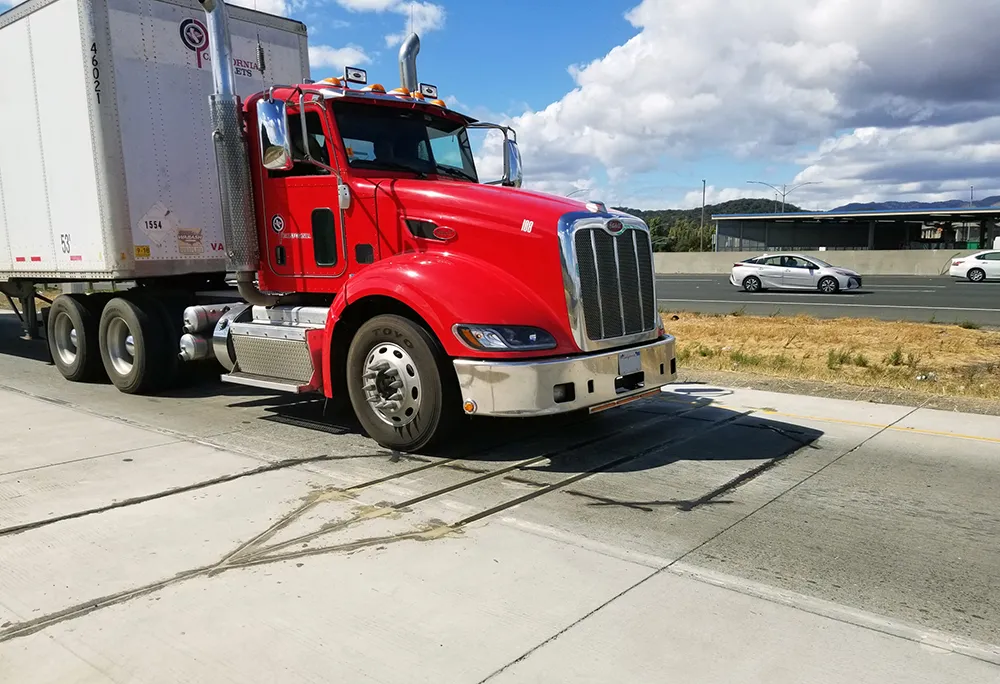ParkingPal, a new barrier-less approach to pay-on-foot parking, integrates Parking Applications' Veri-Park management and control system with a significantly enhanced Parkeon Strada Pay & Display (P&D) terminal equipped with a full-colour touchscreen.
February 1, 2012
Read time: 1 min

ParkingPal, a new barrier-less approach to pay-on-foot parking, integrates 550 Parking Applications' Veri-Park management and control system with a significantly enhanced Parkeon Strada Pay & Display (P&D) terminal equipped with a full-colour touchscreen.
Upon entering the car park, images of each vehicle and its registration plate are captured and transmitted, via a network, to the payment terminals, where they are displayed on the Strada's larger-than-normal screen. Drivers scroll through the display and press the touchscreen when they have identified their vehicle. They then pay for the required parking period, either upon arrival or departure. Because all activity is logged by the system, a paper receipt replaces the usual P&D ticket, as motorists do not need to demonstrate that they have paid to park.
251 Parkeon says that ParkingPal considerably reduces the parking equipment infrastructure and the overall result is substantial reductions in capital, installation, maintenance and running costs, plus increased functionality.
Upon entering the car park, images of each vehicle and its registration plate are captured and transmitted, via a network, to the payment terminals, where they are displayed on the Strada's larger-than-normal screen. Drivers scroll through the display and press the touchscreen when they have identified their vehicle. They then pay for the required parking period, either upon arrival or departure. Because all activity is logged by the system, a paper receipt replaces the usual P&D ticket, as motorists do not need to demonstrate that they have paid to park.









